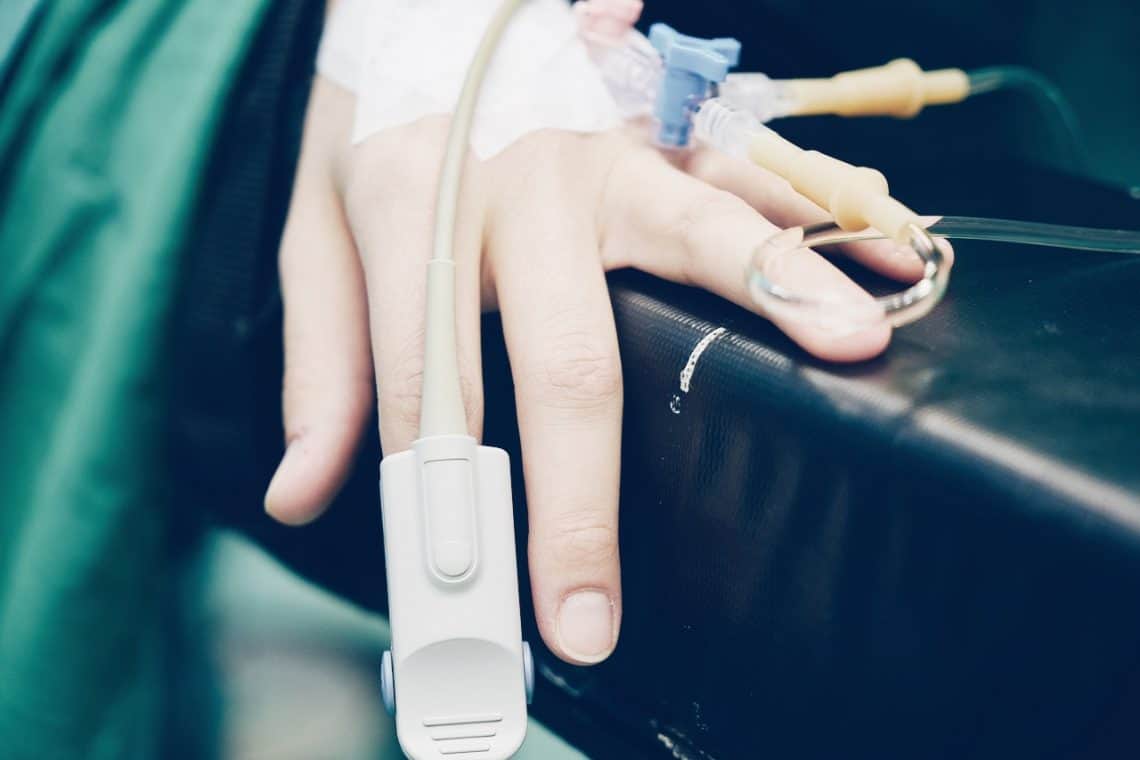This is a post prepared under a contract funded by the Centers for Disease Control and Prevention (CDC) and written on behalf of the Mom It Forward Influencer Network for use in CDC’s Get Ahead of Sepsis educational effort. Opinions on this blog are my own and do not necessarily reflect the views of CDC.
Do you know the warning signs and symptoms of sepsis?
Did you know only 55% of Americans have heard of sepsis?
Each year in America, more than 1.5 million people develop sepsis and at least 250,000 people die as a result – CDC
Because so many people are unaware of the condition itself, they miss the warning signs and symptoms and fall victim to its deadly effects. The amount of people who develop sepsis each year is pretty terrifying, but it may be more troubling to know that anyone can get an infection, and almost any infection can lead to sepsis.
This means that even you are susceptible to this life-threatening condition. In order to raise awareness of this condition, the Centers for Disease Control and Prevention has launched Get Ahead of Sepsis, a new initiative to help educate Americans about how to prevent infections that can lead to sepsis.
Do you know enough about sepsis to protect yourself and your family?
Risk Factors
From simple cuts to UTIs—we are all susceptible to infections that can lead to sepsis. Sepsis is the body’s extreme response to an infection.
It happens when an infection you already have – in your skin, lungs, urinary tract or somewhere else – triggers a chain reaction throughout your body.
It is life-threatening, and without timely treatment, sepsis can rapidly cause tissue damage, organ failure, and death.
Anyone can get an infection, and almost any infection can lead to sepsis. There are, however, certain people who are at higher risk:
- Adults 65 years or older
- People with chronic conditions, such as diabetes, lung disease, cancer, and kidney disease
- People with weakened immune systems
- Children younger than one
Warning Signs and Symptoms
Even if you are not considered a high-risk candidate, anyone can get an infection, and almost any infection can lead to sepsis. It is important to know the warning signs and symptoms.
Sepsis signs and symptoms can include one or a combination of the following:
- Confusion or disorientation
- Shortness of breath
- High heart rate
- Fever, or shivering, or feeling very cold
- Extreme pain or discomfort
- Clammy or sweaty skin
These signs and symptoms may easily be overlooked; however, spotting the signs and symptoms of sepsis could save your life.
With timely treatment, sepsis can be treated and people can in fact recover. It is crucial to be aware and informed of the condition to help keep you and your family safe.
Pin this post for later
How You Can Get Ahead of Sepsis
Keep in mind that anyone can get an infection, and almost any infection can lead to sepsis, which means this is not a condition to be ignored. Delayed recognition and treatment increases patients’ risk of death.
In order to keep you and your family healthy, here are some exciting resources from the CDC to help you Get Ahead of Sepsis
- Talk to your doctor or nurse about steps you can take to prevent infections. Some steps include taking good care of chronic conditions and getting recommended vaccines.
- Practice good hygiene, such as hand washing, and keeping cuts clean and covered until healed.
- Know the signs and symptoms of sepsis.
- ACT FAST. Get medical care IMMEDIATELY if you suspect sepsis or have an infection that’s not getting better or is getting worse.
Sepsis is a medical emergency. If you or your loved one suspects sepsis or has an infection that’s not getting better or is getting worse, ask your doctor or nurse, “Could this infection be leading to sepsis?”
To learn more about sepsis and how to prevent infections, visit www.cdc.gov/sepsis.
For more information about antibiotic prescribing and use, visit www.cdc.gov/antibiotic-use.


